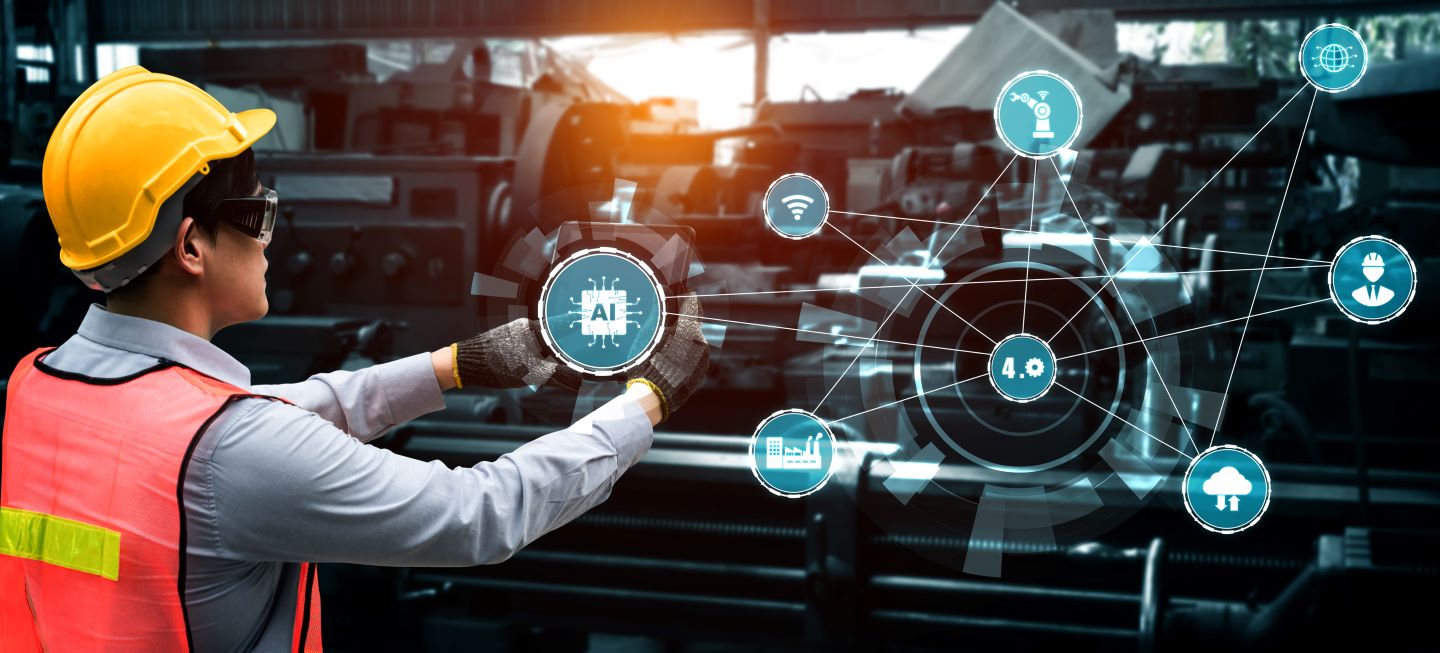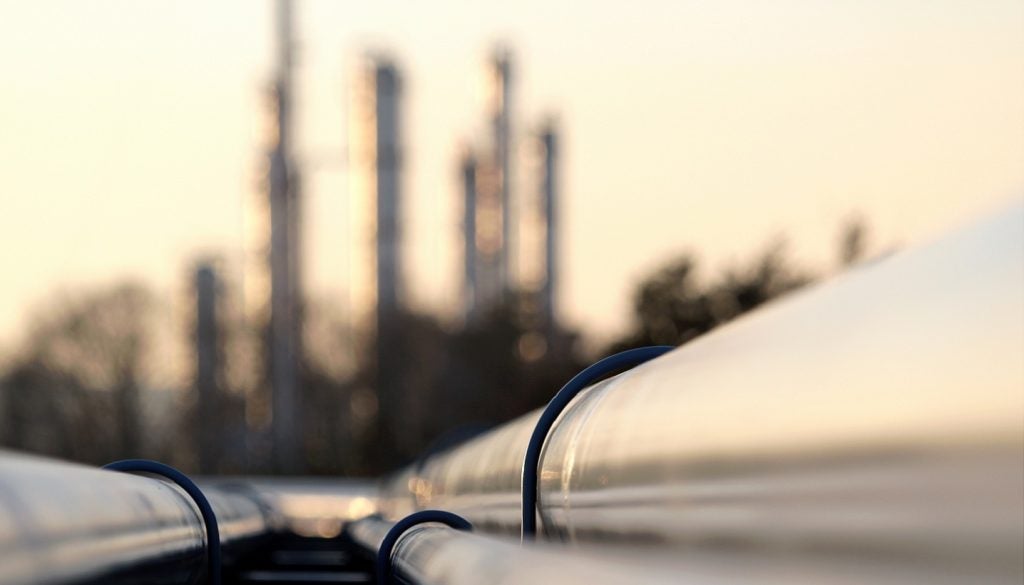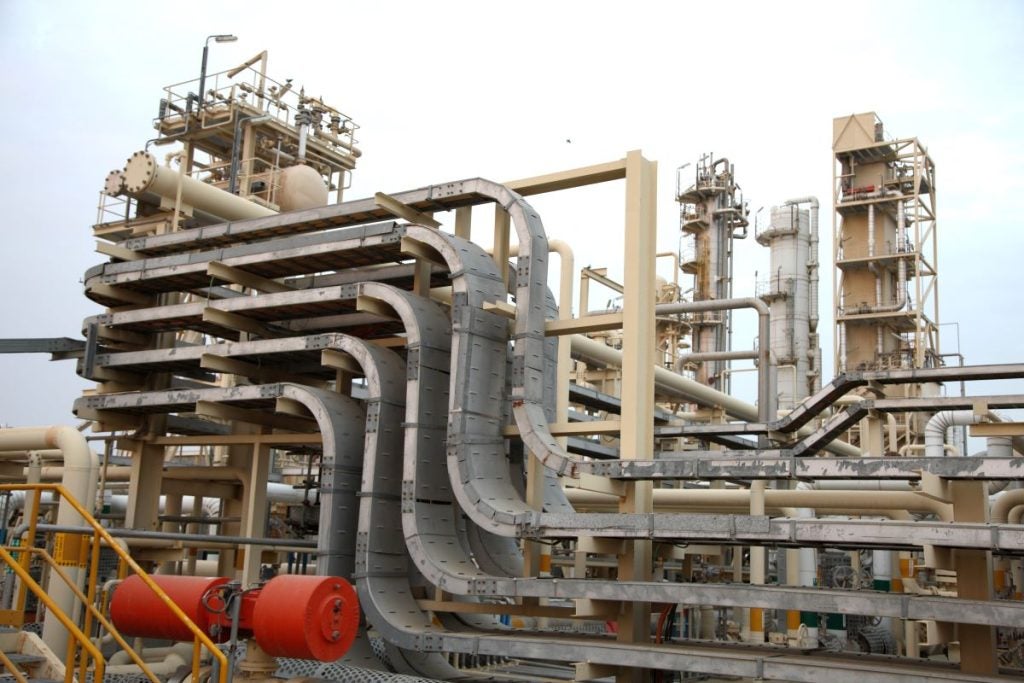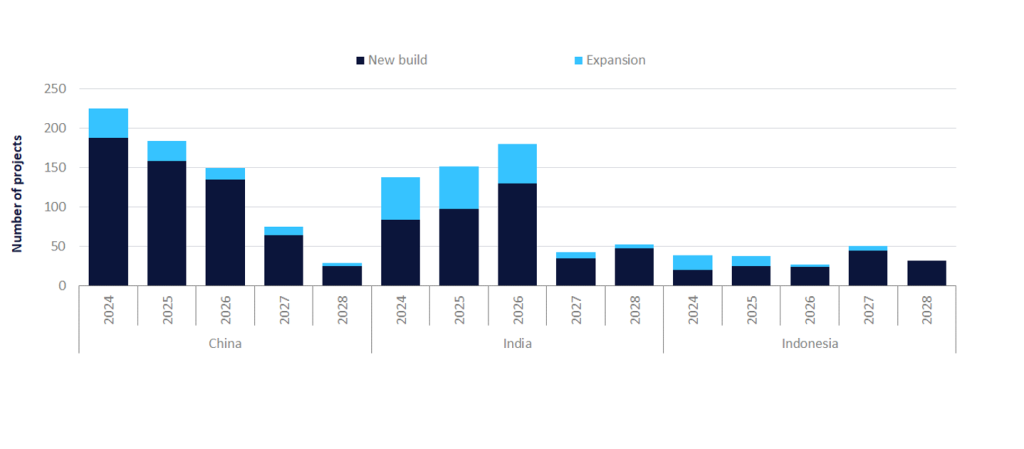Artificial intelligence (AI) has emerged as one of the most promising technologies in digitising the oil and gas industry. AI can facilitate predictive maintenance models and operational streamlining and has applications in discovering, managing, and selling new hydrocarbons. Introducing stability into the inherently volatile market can lead to better decision-making, reduced costs, and increased efficiency.
The question is how an ageing workforce, decade-old infrastructure, and dated processes integrate this rapidly evolving technology.
Upstream
The fundamental challenge facing upstream operations is the uncertainty and risk associated with exploration, drilling, and reservoir management. Finding commercially viable oil and gas reserves requires significant investment in exploration activities, with no guarantee of discovering economically recoverable reserves. Even if viable oil and gas reserves are discovered, understanding the characteristics of the reservoir—such as size, permeability, and pressure—is crucial for optimising production rates.
AI is a key enabler in speeding up and optimising new hydrocarbon exploration, drilling, and extraction. Subsequent improvements can reduce on-site time, reducing the risk of injury, especially offshore.
- Exploration: AI has significantly reduced the time required to explore reservoirs and process 3D imaging data acquired from petrophysical and geophysical studies and seismic surveys. Moreover, the interpretation of 3D images (seismic cubes) by experts, which used to be a time-consuming process taking over a year for accurate results, has been accelerated through modern deep-learning-based pattern recognition techniques. In May 2023, Shell announced a collaboration with SparkCognition to deploy generative AI that requires as little as 1% of the usual number of seismic shots required to produce high-quality subsurface images.
- Drilling: Once AI has been used to analyse the seismic imagery, engineers can pick a suitable path for drilling. AI algorithms update the steering path of a drill and assess the conditions of a drill bit to prevent potential damage, leading to more efficient subsurface drilling at lower costs. For example, Equinor currently operates a project called Artificial Intelligence Maturation (AIM) which auto-generates well paths.
- Extraction: AI can analyse the data collected from specialised extraction equipment such as pumps, pipes, and tanks to maintain and monitor the extraction process. AI-powered predictive maintenance systems detect cracks and prevent leaks, increasing extraction efficiency.
Midstream
Midstream companies face challenges in transporting, storing, and distributing oil and gas products through a network of pipelines and terminals. The continuous need to maintain infrastructure and the increasing threat from industry consolidation places significant pressure on costs and profit margins.
See Also:
It naturally follows that midstream companies focus on deploying AI through predictive maintenance. In the past, conventional sensors could only detect pressure, speed, and temperature inside a storage vessel. With AI-based sensing tools, operators can now use this data to predict the level of corrosion resulting from operational use.
The energy transition has put pressure on midstream companies to find their place in the future energy mix. In response, AI is being used to improve the carbon sequestration process. NVIDIA has used AI to quickly evaluate sequestration sites and to suggest injection rates and volume.
Downstream
Downstream companies are fundamentally margin-focused, indicating they profit from the spread between what they pay to buy raw materials such as crude oil and the price at which they sell higher-value refined products or petrochemicals.
AI can optimise every stage of the production process, resulting in higher output, reduced waste, and increased profitability. AI models are used to optimise refining processes such as distillation, cracking, and hydrotreating. By analysing data from sensors and historical records, AI can recommend optimal operating conditions, leading to increased efficiency and reduced energy consumption. AI can also optimise petrol stations and EV charging points to enhance customer experience and operational efficiency.
AI-powered smart fuel dispensers can personalise recommendations, optimise pricing, and detect anomalies. EV charging points equipped with AI can predict charging patterns, manage power distribution, and offer seamless payment options. Shell’s RechargePlus programme uses AI to predict the varying demand for electric car charging terminals throughout the day so that power can be supplied more efficiently.











Related Company Profiles
Shell plc
Equinor ASA
NVIDIA Corp
AiM GmbH
SparkCognition Inc